Last year I decided that I had too many good books sitting on my shelf unread. My sincere intentions were woefully lacking in follow through. Most people would accept that some books take up shelf space until the time is right. Other more honest folk would admit they collect more books than they read. Some go-getters would make a stack and start reading.
I am none of these personality types. Instead, I pulled 13 books from my shelf (one borrowed from a friend—oops) and wrapped them in pretty tissue paper (and washi tape) and labeled them with a number. And then I posted my project to social media because sometimes you need accountability. And the dopamine hit. Just being honest.
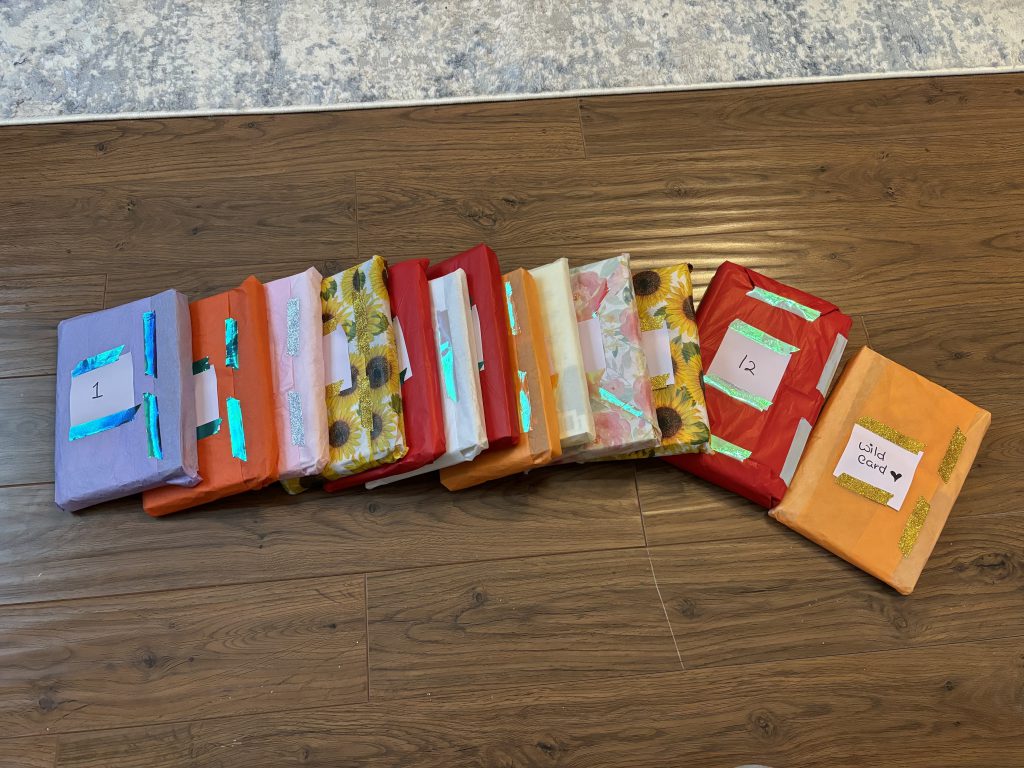
The goal has been to choose a book at random each month, read it, and then write about it.
Well—it’s March—and I’ve read one book. I’d love to blame it on my propensity to savor words, but the reality is life is moving delightfully fast these days. But my project continues even though at a slower pace than intended.
Below are my thoughts on Art + Faith, a Theology of Making by Makoto Fujimura.
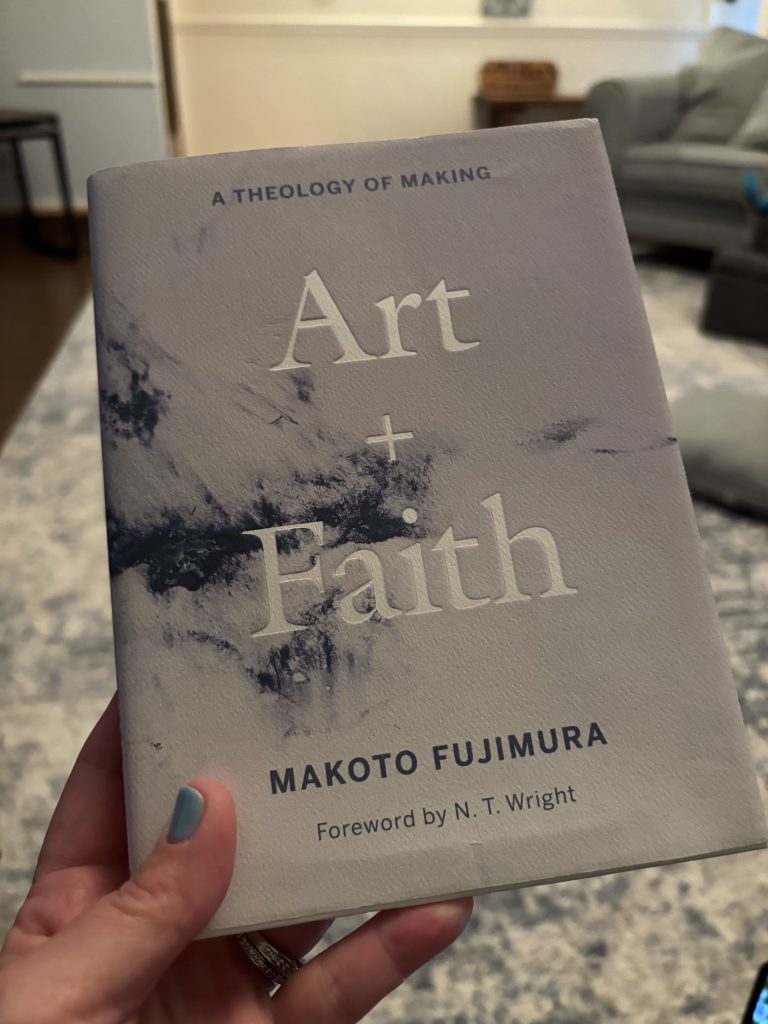
A LITTLE BACKGROUND
Makoto Fujimura, known by most as Mako, is a painter. You can see his art here. He’s also a thoughtful Christian who wrote Art + Faith, a Theology of Making to show the connection with God as Creator and his call for us, his created, to co-create. Pointing to Creation in Genesis and looking ahead to New Creation in Revelation, Mako illuminates the theme and value of creating.
But this isn’t an easily digestible idea. He points out what many artists feel is the response to art in faith circles: if it’s not useful, it’s useless.
He writes, “Artists are notorious for doing work that the world initially rejects but that later—sometimes centuries later—the world embraces as hidden treasure. The poems of Emily Dickinson, the paintings of Vincent van Gogh, the music of Johann Sebastian Bach, all were “discovered” later and are now essential to our culture. Could it be that what is deemed marginal, what is “useless” in our terms, is most essential for God and is the bedrock, the essence, of our culture?”
On reflection, this is true in most areas of life. Music and art programs are the first to be cut in schools that lack funding. Many of the artists I know work multiple jobs so they can do what they love—or they set it aside to serve in more “useful” ways. And those who have found a way to do what they love full-time aren’t getting paid what their peers in corporate America bring home.
Could it be that what is deemed marginal, what is “useless” in our terms, is most essential for God and is the bedrock, the essence, of our culture?
Makoto fujimura
But in the church? Couldn’t there be space for art here? Again, we are met with a similar obstacle. Art isn’t practical. It’s not a sermon to be heard or a worship song to be sung or a place for the children to go. To be clear, I’m not “throwing shade” at Church leaders or anyone who has to keep an eye on the bottom line. Liturgy and logistics are extremely valuable to the life and vitality of the Church. But I just wonder—what could it look like if we made more space for the arts in the global Church?
INVITED TO A DANCE
Mako argues that we are invited to join God in the dance of meaningful work. Notice the difference between useful and meaningful. We live in a broken world that longs for New Creation. As the people of God, we have the opportunity to join him in bringing hope to others.
He writes, “The Bible begins with Creation and ends with New Creation. Everywhere in between, Creator God (the grand Artist) beckons the broken but creative creatures (the little ‘a’ artists) to create shalom/peace in the face of our “Ground Zero” reality around us.”
Again, this doesn’t look practical. How do you create shalom through the arts in faith spaces?
In my church, there’s a summer book club that always culminates with a creative project. One year, each participant wrote a personal confession inspired by Augustine’s Confessions. Another year, participants wrote a Screwtape Letter inspired by C.S. Lewis’s book with the same title. Another group of music artists gathers once a month to explore song writing. I think both of these spaces could be just the beginning of an invitation to create within the church.
But I bet there’s more we could explore.
And just because an idea works at my church doesn’t mean it will work at your church.
And this is where I freely admit I don’t have an answer for all spaces at all times. But I think the question— How can the arts bring shalom?—is worth pause, reflection, and exploration.
The Bible begins with Creation and ends with New Creation. Everywhere in between, Creator God . . . beckons the broken but creative creatures . . . to create shalom . . .
Makoto fujimura
A BETTER PLACE
Art is poetry. An abstract painting. A song. A children’s book. A small garden plot. A journal entry. A dance.
None of these are practical. But through these we feel, we see, we weep, we exhale.
I’m reminded of the scene in the Magician’s Nephew when Aslan sung Narnia into existence. A small ragtag group witnessed his creative work. One character, a cabby from London, responds to his experience with these words.
‘Glory be!’ said the Cabby. ‘I’d ha’ been a better man all my life if I’d known there were things like this.’
And that is what art does. Like witnessing the creation of a whimsical land like Narnia, art in the Church helps us see what the concrete applications of faith fall short in communicating about God.
Mako writes, “Artists are the conduits of life, articulating what all of us are surely sensing but may not have the capacity to express.”
‘Glory be!’ said the Cabby. ‘I’d ha’ been a better man all my life if I’d known there were things like this.’
C.S. Lewis, the magicians nephew
FINAL THOUGHTS
Mako’s book was thoughtful, nuanced, and so needed. If you’re looking for a practical book that you can read and take action, you won’t find it in his words. But if you want a book that moves like a painting and challenges you from the inside out, this is a book worth savoring.
We can’t exist without the practical, but neither can we truly live without creating. May we create for the sake of creating. May we resist the urge to find some type of practical use of our time. God said his creation was good. The trees, the plants, the animals and the birds. The water, the sun, the moon, the stars.
And the people.
His people were created to create. And we honor him through that process.
Let’s go create.
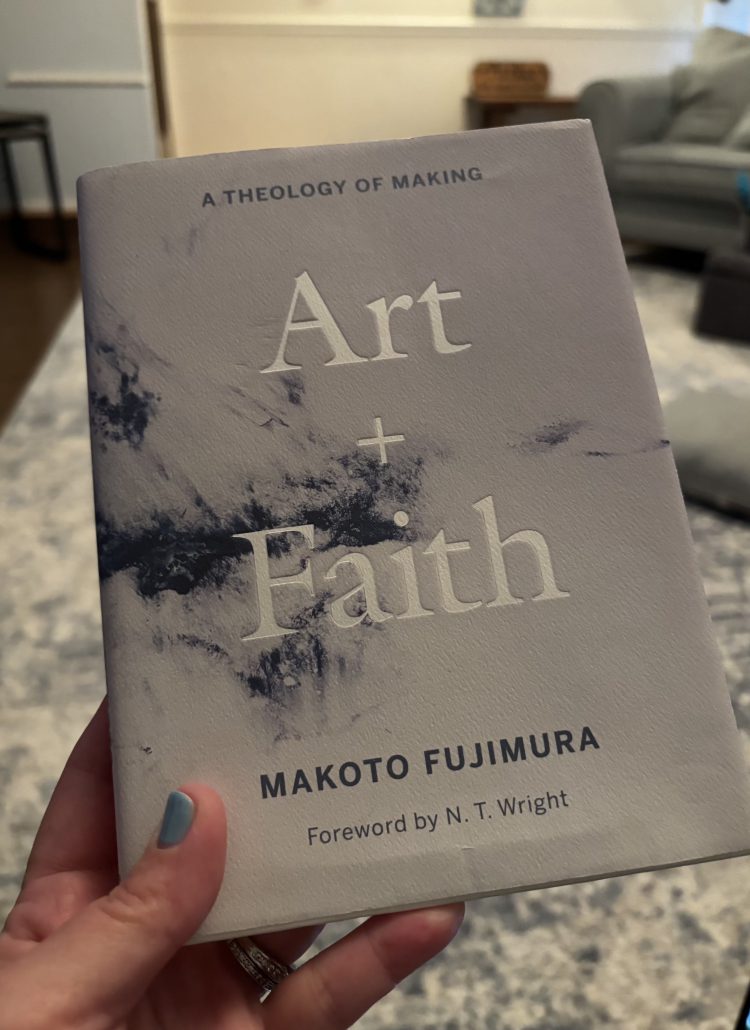
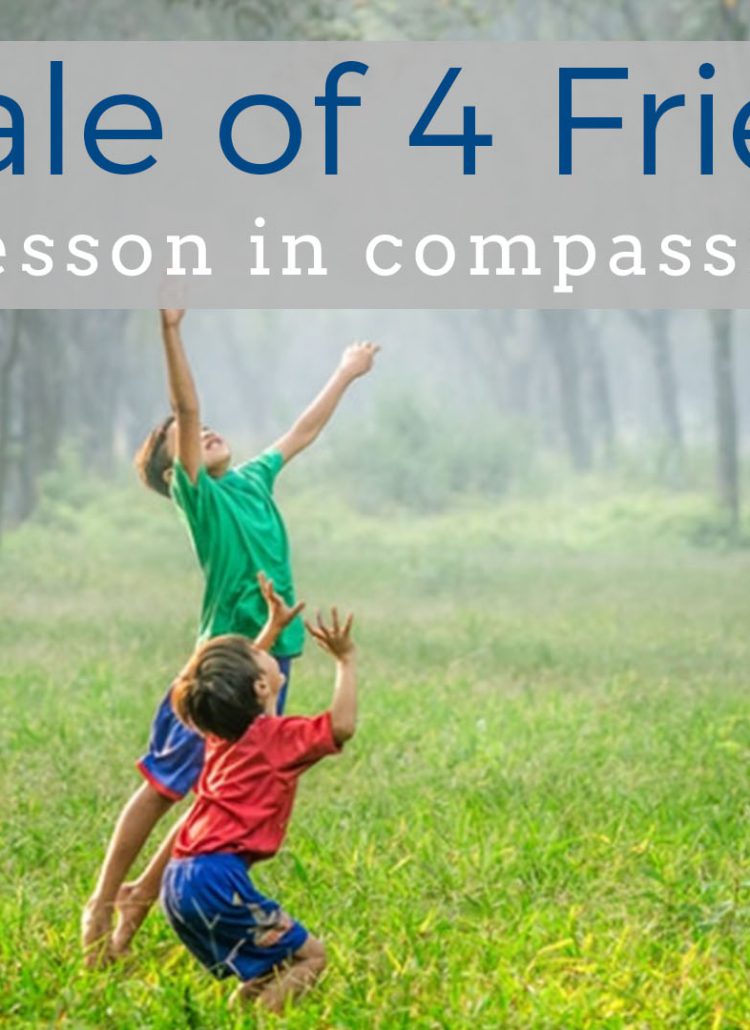
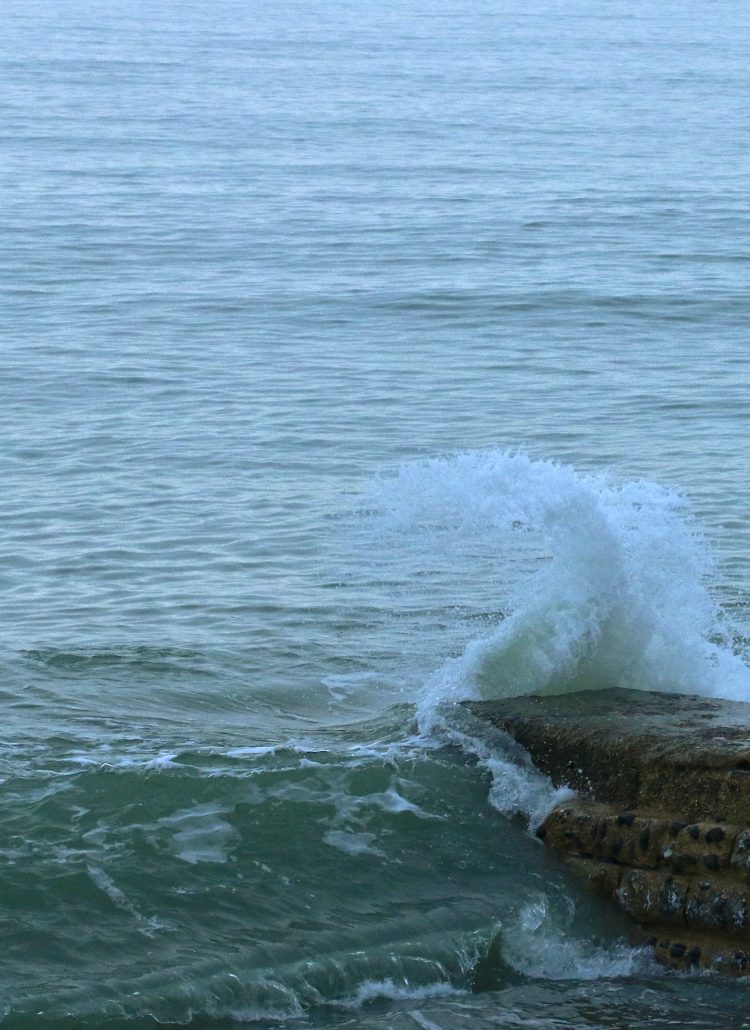


Leave a Reply